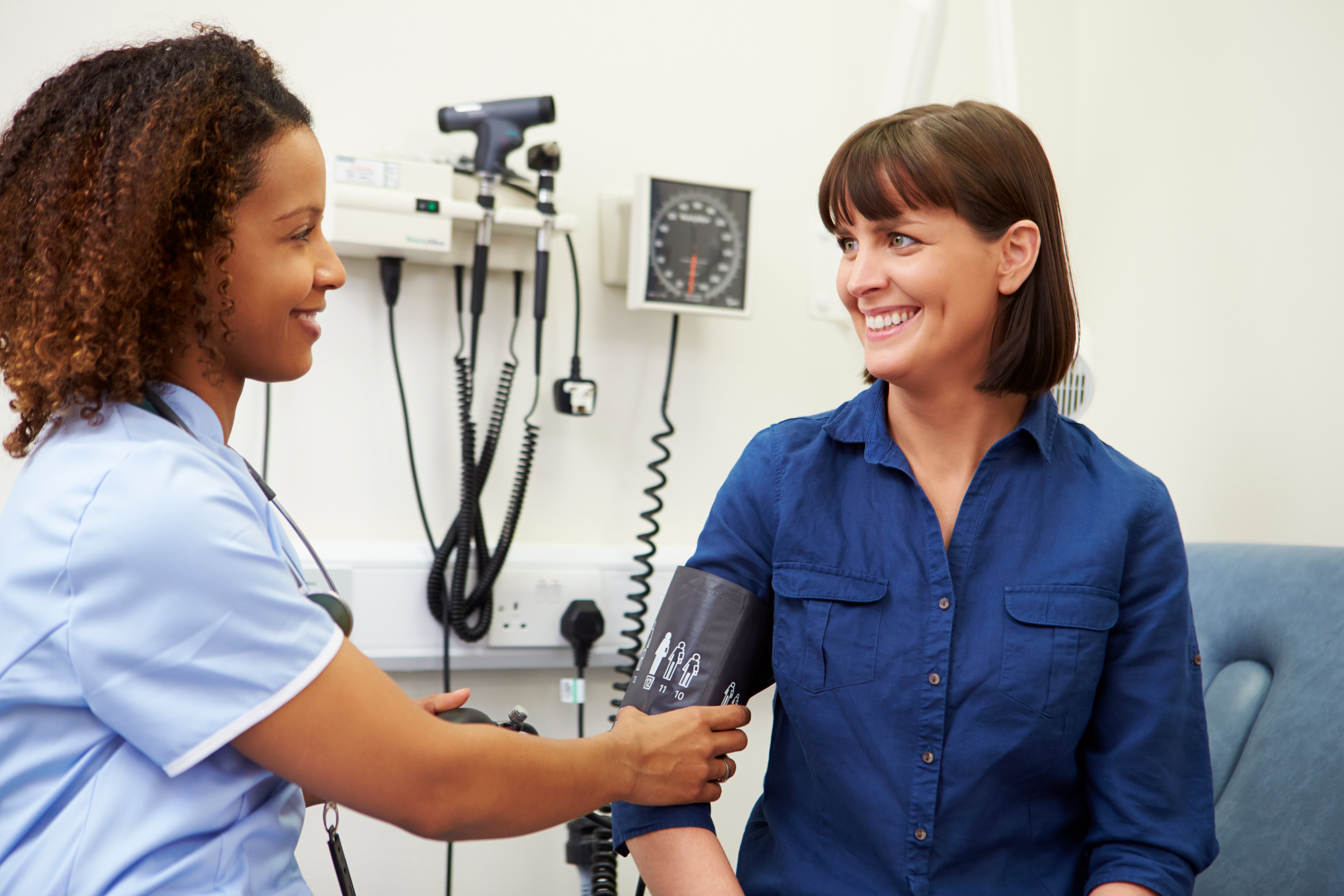Updated January 2024
Medical office assistants (MOAs) have a unique role that blends administrative and patient care responsibilities.
While MOAs are primarily responsible for clerical tasks—like scheduling appointments, controlling inventory, maintaining patient records, and coordinating billing—they may also perform and assist with important clinical procedures.
Wondering exactly which procedures you may be asked to assist with, or carry out alone, as an MOA?
This post breaks down the three most common clinical tasks you'll focus on, and how each one contributes to patient health.
1. checking Vital Signs
Medical office assistants measure vital signs to collect data on patients' most basic bodily functions. These functions are referred to as "vital" because each one must be present for life to continue.
The vital sign check is a critical first step in patient evaluation, since an abnormal result could indicate the need for emergency treatment.
The vital signs assessment takes place before the patient sees the doctor, and includes four tests:
☑️ Body temperature—As an MOA, you might measure body temperature using a thermometer placed in the ear, in the mouth, or under the armpit. For most adults, 37 degrees is considered normal, but that can vary.
An elevated temperature could signal an infection, while a lower-than-normal reading could indicate a hormonal problem or even hypothermia.
☑️ Pulse rate—Checking pulse rate is one way to gauge how well the heart is functioning. To locate the pulse, you place the tips of your first and second fingers on the patient's neck, inner elbow, or wrist.
You then calculate the beats per minute and evaluate the strength and regularity of the pulse. (Is it very forceful? Can you barely feel it? Are the beats unevenly spaced?)
☑️ Respiration rate—Respiration rate is the number of breaths per minute. It can change with illness.
You assess this vital sign by counting how many times the patient's chest rises and falls during a 60-second period. Normal rates are between 12 and 20 breaths per minute. To get an accurate measurement, it's best if the patient is unaware that you're doing it.
☑️ Blood pressure—Blood pressure is a measurement of the force the blood exerts against the artery walls. It consists of two numbers: the systolic pressure (when the heart beats) and the diastolic pressure (when the heart relaxes between beats).
High blood pressure, known as hypertension, is a risk factor for heart attack and stroke.
Many MOAs use an electronic blood pressure monitor, but you might be called upon to use an old-fashioned cuff and stethoscope.
Medical office assistant training teaches students how to carry out each of these vital signs tests, how to record the results, and which emergency warning signs to watch out for.
2. Measuring Height and Weight
Along with checking vital signs, measuring height and weight is another key step in the patient assessment process.
Medical office assistants take these measurements in order to determine an ideal weight for each patient. That's then used as a baseline for identifying any unusual weight gain or weight loss, which might indicate a serious underlying condition.
Weight is also used to determine medication dosages and to conduct nutritional screening.
You might measure height and weight using a standing scale, a wheelchair-accessible scale, or a patient lift (or "sling" type scale) for patients who cannot sit or stand.
3. Assisting with minor surgery
A range of minor surgeries may be performed at a medical office. These procedures require no anesthesia, or just a local anesthetic, such as an injection or cream applied directly to the affected area.
Examples of minor medical office surgery include collecting a biopsy specimen, removing an ingrown nail, repairing a laceration, or irrigating and cleaning up a wound.
What part do medical office assistants play in these clinical procedures? While it depends on the work environment and the preferences of the physician, your duties may include:
- Collecting signed consent forms
- Explaining procedures and risk factors to patients
- Preparing patients for the surgical procedure (instructing them to remove clothing if needed, helping them into the proper position on the treatment table, shaving the skin site if needed, draping the patient with a sheet as directed, etc.)
- Setting up a sterile instruments tray
- Handing sterile instruments and supplies to the physician during the procedure
After the procedure, you may also walk the patient through after-care procedures.
Overall, MOAs play a key role in putting the patient at ease before, during, and after the procedure.
Even minor surgery can be difficult for patients, particularly young children. Medical office assistants help make the experience less stressful.
Learn more about becoming a medical office assistant
Think the role of a medical office assistant sounds appealing? Want to learn more about the training you'll need to get started?
Check out the MOA training from Herzing College. Training covers the full range of clinical and administrative skills you'll need to begin your career. And it even includes an internship for real-world experience.
Click below to get complete program details. You can also chat live with an admissions advisor and book a personal advising appointment. We're here to help!







